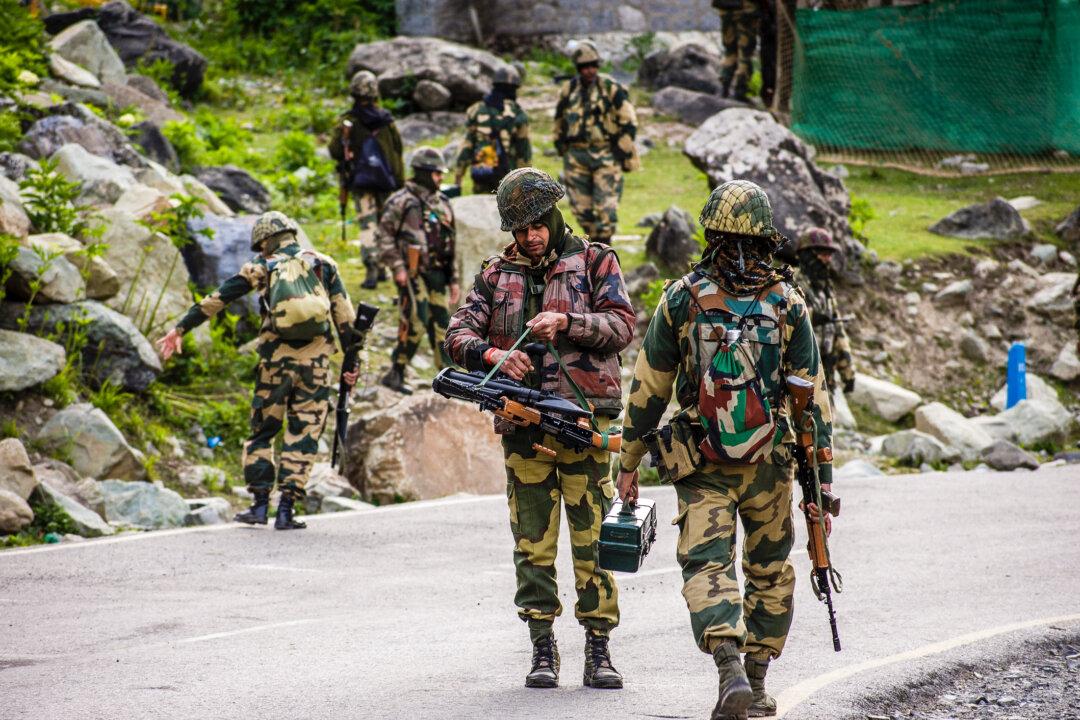NEW DELHI—India and China have mutually pledged to accelerate efforts to resolve their longstanding border dispute, following a high-level meeting between Indian national security adviser Ajit Doval and Chinese Foreign Minister Wang Yi.
However, analysts say that securing a complete disengagement along the India–China border is a complex challenge, given current perceptions of the border.





